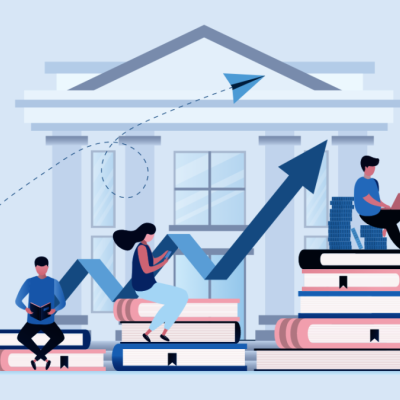
Title: Iran’s Fifth-Generation Universities: Driving Innovation, Diplomacy, and National Progress
Introduction: The Evolution of Universities in Iran
In a rapidly changing world, universities play a pivotal role in shaping the future of nations. Iran’s academic institutions are no exception, evolving through generations to meet new societal demands. A 2015 study outlined this progression: second-generation universities integrated research into education, third-generation institutions embraced entrepreneurship, and fourth-generation universities became future-oriented hubs guiding national development.
Now, the emergence of fifth-generation universities marks a transformative leap—prioritizing innovation, international collaboration, and socio-economic impact. These institutions are not just centers of learning but engines of diplomatic engagement, technological sovereignty, and cultural resilience.
Fifth-Gen Universities: Catalysts for National Transformation
Unlike their predecessors, fifth-generation universities take on expanded responsibilities:
- Bridging Innovation & Industry: They facilitate technology transfer, foster startups, and link Iran’s innovation ecosystem to global networks.
- Diplomacy Through Knowledge: By promoting cross-cultural dialogue and showcasing Iran’s scientific achievements, they strengthen public diplomacy.
- Lifelong Learning: Moving beyond traditional degrees, they emphasize skill-based education to adapt to fast-evolving job markets.
These universities act as hubs for national resilience, turning intellectual capital into economic growth—especially vital amid external challenges.
Global Lessons, Local Potential
Elite universities like MIT and Stanford have leveraged research into billion-dollar industries. Iran’s high-tech startups and academic talent hold similar potential. However, unlocking this requires:
- Reforming Governance: Shifting universities from “cost centers” to revenue-generating institutions via innovation-driven partnerships.
- Talent Retention: Creating pathways for Iranian innovators to thrive domestically, reducing brain drain.
- International Collaboration: Building platforms to connect Iranian startups with global markets while preserving technological self-sufficiency.
The Road Ahead: A Call to Action
Recent geopolitical pressures underscore the urgency of self-reliance through innovation. Fifth-generation universities can lead this charge by:
- Supporting Homegrown Talent: Incubating patents and linking them to industrial needs.
- Countering Sanctions: Using indigenous tech to bypass economic barriers.
- Strengthening Soft Power: Positioning Iran as a knowledge-based economy through academic diplomacy.
Conclusion: Universities as Pillars of Progress
Iran’s fifth-generation universities are more than classrooms—they are strategic assets for national development. By embracing their role in innovation, diplomacy, and governance, they can secure Iran’s future as a leader in science and technology, resilient against global challenges.
The path is clear: invest in education, entrepreneurship, and international engagement to harness Iran’s untapped potential. The time for transformation is now.
Sources referenced in original Persian text.